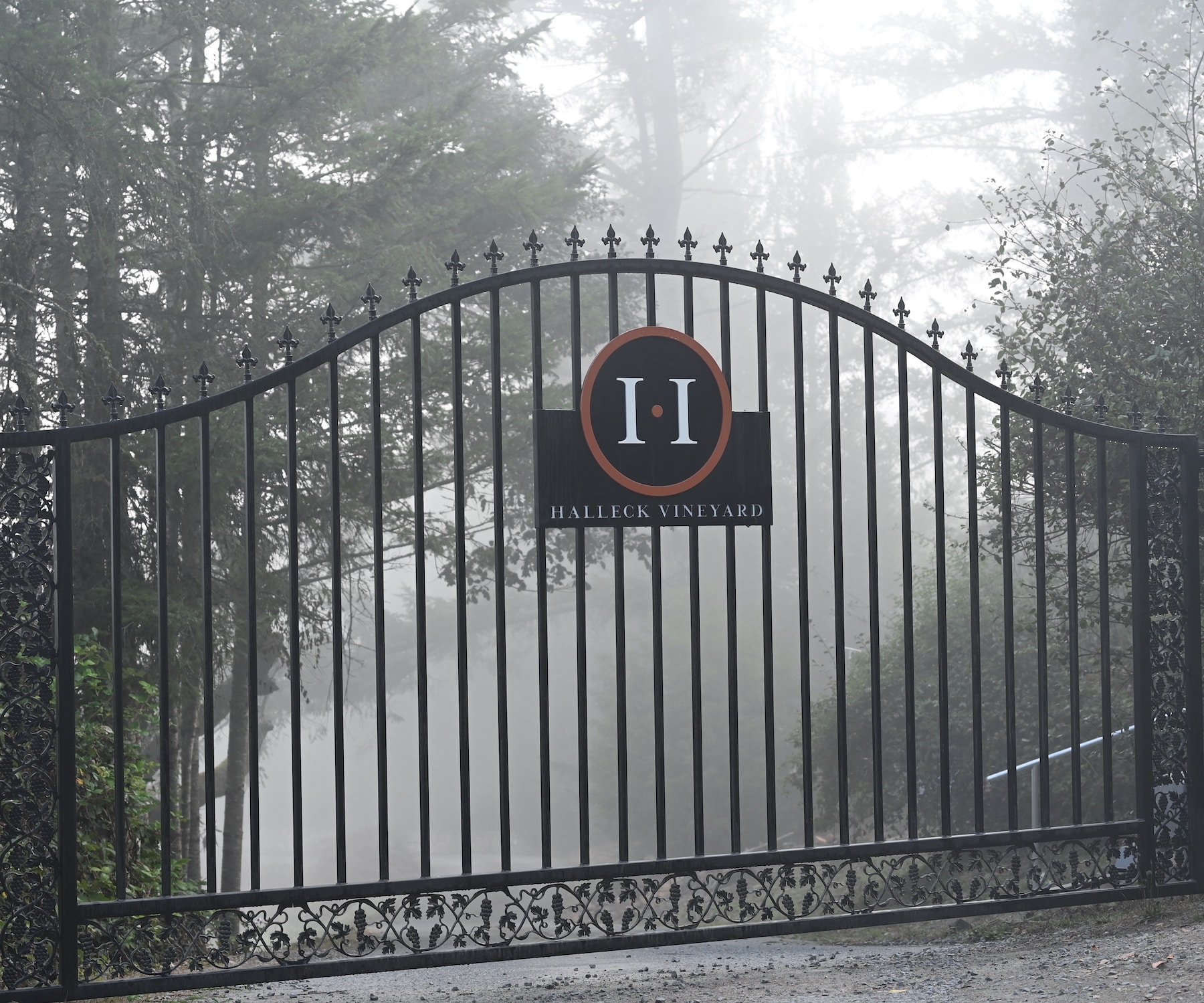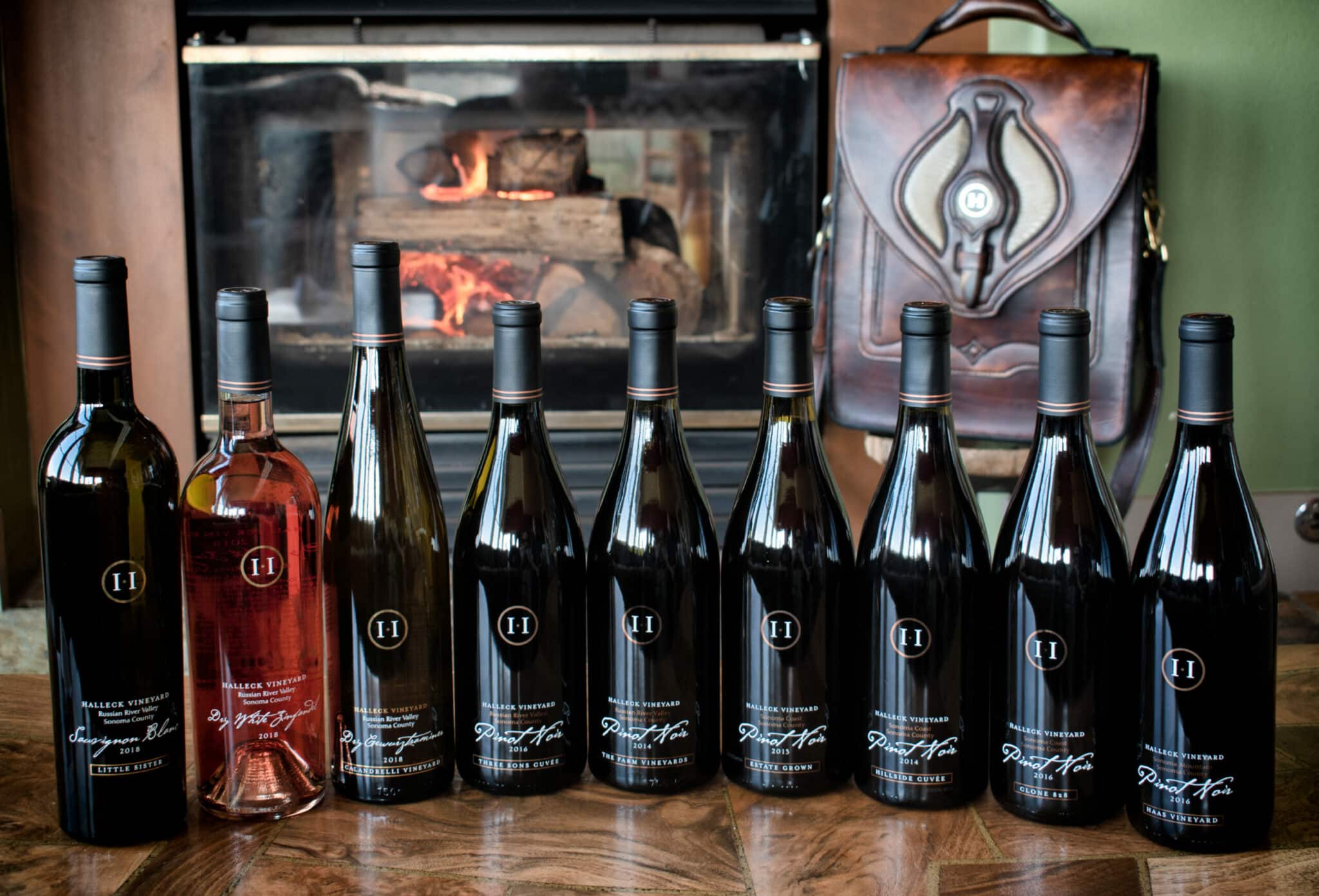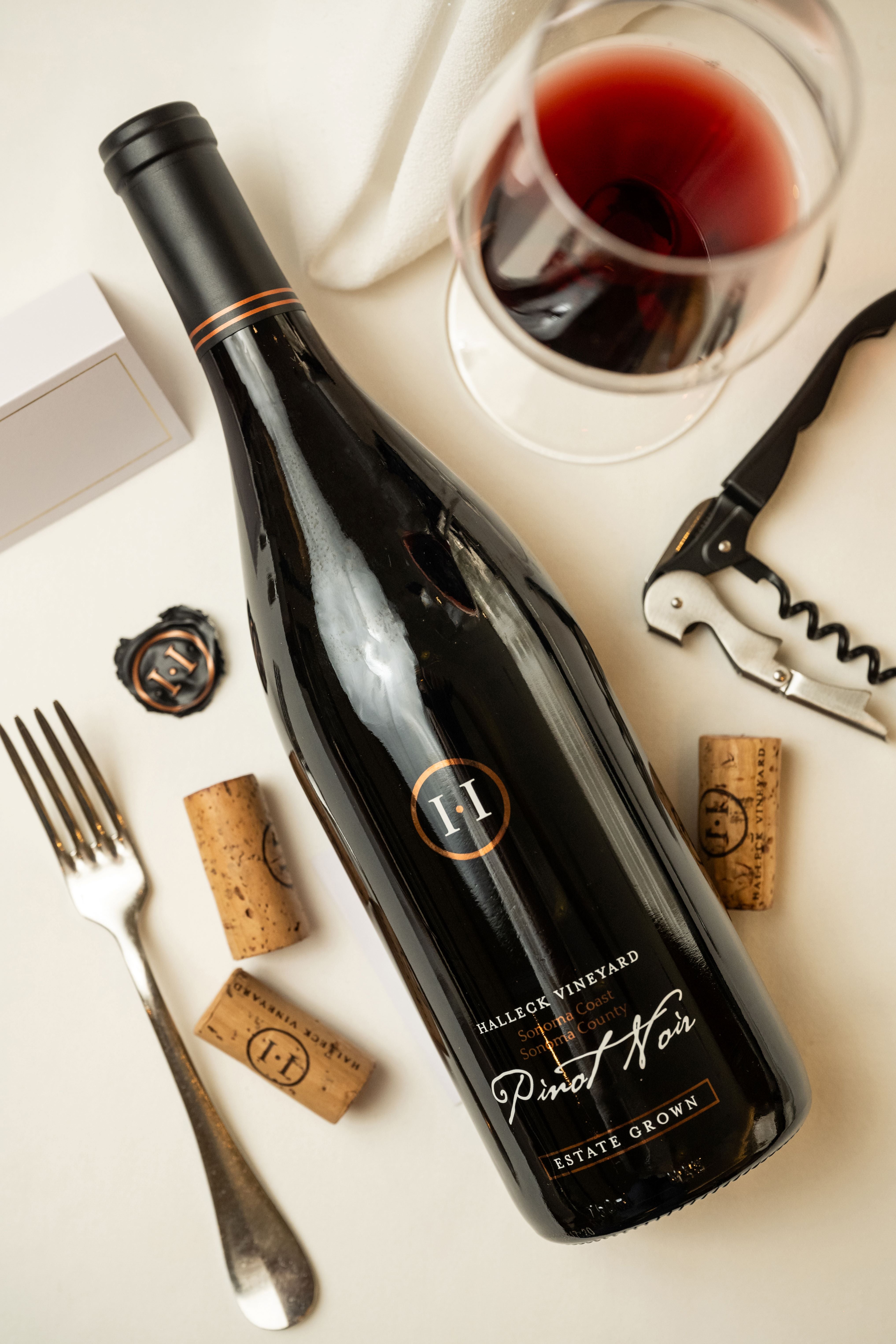Best Chardonnays From Sonoma Winemakers - Wineries For Casual Tastings In Sonoma
Best Chardonnays From Sonoma Winemakers - Wineries For Casual Tastings In Sonoma
Blog Article
Family-Friendly Wineries Near Sebastopol - Sonoma Vineyard Tours
Wine tasting is an art that combines sensory experience with an appreciation for the nuances of different varietals. How to judge flavors in winery wine tasting sessions is pivotal to grasping the complexities of wine.
Participating in a wine tasting includes greater than simply sipping and savoring. It requires a focused method to determine aromas and flavors that each wine presents. As you start, observe the wine's look, noting its color and clarity. These visual cues typically counsel a wine’s age, grape variety, and even potential flavor profiles.
The subsequent step within the tasting course of is to swirl the wine in your glass. This motion releases fragrant compounds which are important for evaluation. Lean in and take a second to inhale deeply; the aromas can range from floral and fruity to spicy and earthy. The nostril of the wine is just as essential as the palate, and recognizing scents performs a big role in understanding the general experience.
When taking your first sip, enable the wine to move throughout your palate - Vineyard Tours With Guided Tastings In Sonoma. Notice the initial flavors that current themselves. Is the wine fruity, floral, or perhaps herbaceous? This initial taste gives insight into what the wine is more doubtless to specific as you proceed to judge it. The mouthfeel also contributes to the overall flavor experience; it can be silky, tannic, and even effervescent.
Exclusive Wine Clubs In Sonoma - Sonoma Valley Vineyards And Wine Tasting
As you proceed tasting, take note of the wine’s stability. A well-balanced wine will harmonize acidity, sweetness, and tannins. If one component overwhelms the others, it would point out a less fascinating quality. Evaluating balance can help you determine how properly the wine might pair with food.
Transitioning to the end, think about how the flavors evolve as the wine lingers in your palate. A long, pleasant finish can point out a high-quality wine, while a short or abrupt finish would possibly suggest otherwise. Mirror on whether the flavors remain constant or if new notes emerge as the wine settles. This progression can reveal complexities and intricacies that might not have been obvious within the initial tasting.
Temperature is also a vital factor in evaluating wine flavors. Completely Different forms of wine are optimally loved at specific temperatures. White wines usually shine when chilled, while purple wines usually carry out greatest at room temperature. When tasting, make sure the wine is at the appropriate temperature to totally appreciate its character.
Elegant Wine Tasting Locations In Sonoma - Sonoma Wine Tasting Adventures
Pairing food with wine can significantly improve the tasting experience. Foods can influence the notion of flavors in wine, both highlighting certain characteristics or diminishing them. When evaluating flavors, contemplate how the wine interacts with different meals, noticing which flavors are amplified or muted (Quaint Wineries In Picturesque Settings In Sebastopol).

Contemplate the influence of terroir as you have interaction in a winery tasting. Terroir encompasses the distinctive environmental components that affect grape growing, together with soil composition, local weather, and geography. Understanding a wine's terroir can provide perception into its flavors and aromas, fostering a deeper appreciation for the alternatives made during its cultivation and production.
Schooling plays a fundamental role in enhancing one's capability to gauge wine flavors. Studying about grape varieties, wine regions, and production methods can pave the way for more knowledgeable judgments throughout tastings. Additionally, attending workshops or classes can refine sensory skills and expand your flavor vocabulary, enabling you to articulate tasting notes more effectively.

Lastly, it's essential to keep in mind that evaluating wine flavors is a highly personal experience. Particular Person preferences and perceptions will invariably form one’s tasting journey. Enjoyment must be on the forefront, with the evaluation process acting as a device to reinforce understanding and appreciation somewhat than create inflexible pointers.
Scenic Vineyard Tours In Sebastopol - Craft Wineries In Sonoma
In conclusion, mastering the means to consider flavors in winery wine tasting periods involves a mix of sensory engagement, information, and practice. By learning to determine aromas, assess the steadiness, and respect the intricacies of flavor, wine enthusiasts can deepen their connection to every bottle they encounter. As with any art kind, the more one immerses themselves within the experience, the more they will discover and enjoy the vast world of wine.
- Begin by observing the wine's color and clarity, as these visible elements can trace at its flavor profile and growing older potential.
- Swirl the wine gently in your glass; this releases fragrant compounds, allowing you to better identify the advanced scents related to the wine.
- Take a deep inhale earlier than tasting, specializing in both major and secondary aromas to assemble insights on fruits, spices, and different nuances.
- When tasting, allow the wine to coat your palate; note the preliminary flavors, the mid-palate complexity, and the end as these stages can provide different flavor highlights.
- Pay attention to texture and mouthfeel, as elements corresponding to tannin levels, acidity, and sweetness contribute significantly to the overall tasting experience.
- Compare flavors against commonplace wine traits; for pink wines, contemplate berry notes, oak affect, and natural tones, while whites may embody citrus, stone fruits, and floral hints.
- Take notes in the course of the tasting session to trace your impressions, helping you to remember and evaluate the completely different wines sampled.
- Discuss your findings with fellow tasters or winery staff, as sharing insights can improve understanding and appreciation of individual flavors.
- Permit time for the wine to breathe; typically, flavors evolve and reveal new dimensions after being exposed to air.
- Experiment with food pairings through the tasting as they can dramatically alter how flavors are perceived, influencing overall enjoyment.undefinedWhat should I search for when evaluating the aroma of wine during a tasting?
Start by swirling the wine in your glass to release its aromas. Bring the glass to your nostril and take a deep breath. Pay attention to the primary scents you detect, as these are often probably the most prominent. Look for fruit, floral, natural, or earthy notes and try to identify specific characteristics, which can deepen your understanding of the wine's complexity.
Wineries In Sebastopol - Sonoma Wine Tasting Spots

How can I distinguish between different flavor profiles in wine?
Perceive that flavor profiles are often categorized as fruit, floral, herbaceous, spicy, or mineral. Take small sips and permit the wine to coat your palate. Notice the first flavors that emerge first and the delicate notes that observe. This layering is important in distinguishing the wine's sites traits and can assist you to appreciate its unique profile.
Unique Wine And Food Pairings In Sonoma - Scenic Wineries Of Sebastopol
What is the significance of the wine's texture in a tasting?
The texture of the wine, also identified as mouthfeel, performs an important function in how we understand flavors. Pay attention as to whether the wine feels smooth, creamy, or gritty. The physique of the wine (light, medium, or full) can improve or distinction with flavors, offering a extra rounded experience throughout tasting.
How do I assess the balance of flavors in wine?
Stability in wine refers back to the harmony between acidity, sweetness, tannin, and alcohol. Take a moment to assess whether or not these parts complement or intrude with one another. A well-balanced wine could have none of its components overpowering the others, creating a nice tasting experience.
Wineries Producing Pinot Noir And Chardonnay - Discovering Sebastopol's Wineries
What role does temperature play in evaluating wine flavors?
Temperature can significantly impact the perception of flavors. Generally, red wines are best served barely beneath room temperature, while white wines benefit from being chilled. As the temperature modifications, the aromas and flavors can shift, allowing you to understand different characteristics. It’s essential to taste wine at its optimum temperature for true analysis.
Wineries Offering Elegant Wine Tastings - Exploring The Vineyards Of Sonoma
How can I enhance my tasting skills over time?
Practice is key to bettering your tasting skills. Wineries Showcasing Local Art And Crafts. Attend tastings, hold a journal of your experiences, and explore several varieties of wines to broaden your palate. Moreover, learning about wine manufacturing and grape varieties can present context Homepage that enhances your evaluation course of, making you a more informed taster.
Is there a particular order in which I should taste the wines?
Celebrated Winemakers To Discover In Sonoma - Best Winery In Sonoma For Quality Wine
Yes, it’s advisable to taste wines from light to full-bodied and dry to sweet. This progression prevents the stronger flavors from overshadowing the more delicate ones, allowing you to completely appreciate each wine's characteristics and nuances without palate fatigue.
How can I consider the aftertaste of wine?
Charming Wineries With Views In Sonoma Valley - Vineyard Tasting Events In Sonoma County
The aftertaste, or end, is a vital aspect of the wine-tasting experience. After swallowing, pay attention to how long the flavors linger on your palate and whether they change. A long, pleasant finish is often an indicator of a high-quality wine, while a short or unpleasant finish may suggest otherwise.
Why is it important to note the wine’s acidity during tasting?
Acidity contributes to the overall freshness and structure of the wine. Pay attention to the tingling sensation on your tongue; higher acidity can enhance the wine's liveliness and balance out sweetness. Noting acidity helps determine the wine's versatility with food and its aging potential.
What should I do if I struggle to establish particular flavors in wine?
Wineries Located Near Russian River Valley - Sebastopol Winery Experience
Struggling to determine flavors is widespread, especially for beginners. Focus on broader categories and describe what you can acknowledge, corresponding to candy or earthy notes. With practice, reading about different flavor profiles, and maybe utilizing flavor wheels, you may refine your senses and develop a more nuanced approach to tasting. Report this page